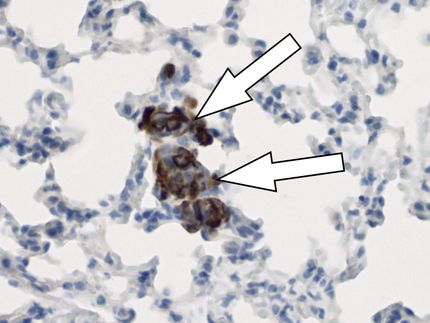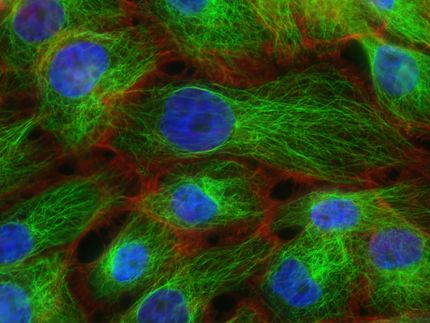Model of tumor spreading may help doctors pinpoint best treatment
Advertisement
Advances in personalized medicine allow doctors to select the most promising drugs for certain types of malignant tumors. But what if before initiating treatment, they could go a step further and use a mini-model of the human body to see how each patient's actual tumor responds to the drugs and learn if and where the tumor is likely to spread?
That's the idea behind a new invention by scientists at Wake Forest Baptist Medical Center's Institute for Regenerative Medicine. The team reports on its "metastasis-on-a-chip" system believed to be one of the first laboratory models of cancer spreading from one 3D tissue to another.
The research team is working to further develop the system in hopes that it can one day be used to quickly reveal the best way to treat an individual patient's cancer.
"We believe the metastasis-on-a-chip system has potential for making meaningful advances in cancer investigation and drug discovery," said Aleks Skardal, Ph.D., lead author and an assistant professor of regenerative medicine.
The current version of the system models a colorectal tumor spreading from the colon to the liver, the most common site of metastasis. Skardal said future versions could include additional organs, such as the lung and bone marrow, which are also potential sites of metastasis. The team also plans to model other types of cancer, such as the deadly brain tumor glioblastoma.
To create the system, researchers encapsulated human intestine and colorectal cancer cells inside a biocompatible gel-like material to make a mini-organ. A mini-liver composed of human liver cells was made in the same way. These organoids were placed in a "chip" system made up of a set of micro-channels and chambers etched into the chip's surface to mimic a simplified version of the body's circulatory system. The tumor cells were tagged with fluorescent molecules so their activity could be viewed under a microscope.
To test whether the system could model metastasis, the researchers first used highly aggressive cancer cells in the colon organoid. Under the microscope, they saw the tumor grow in the colon organoid until the cells broke free, entered the circulatory system and then invaded the liver tissue, where another tumor formed and grew. When a less aggressive form of colon cancer was used in the system, the tumor did not metastasize, but continued to grow in the colon.
To test the system's potential for screening drugs, the team introduced Marimastat®, a drug used to inhibit metastasis in human patients, into the system and found that it significantly prevented the migration of metastatic cells over a 10-day period. Likewise, the team also tested 5-fluorouracil, a common colorectal cancer drug, which reduced the metabolic activity of the tumor cells.
"We are currently exploring whether other established anti-cancer drugs have the same effects in the system as they do in patients," said Skardal. "If this link can be validated and expanded, we believe the system can be used to screen drug candidates for patients as a tool in personalized medicine. If we can create the same model systems, only with tumor cells from an actual patient, then we believe we can use this platform to determine the best therapy for any individual patient."
The system also gives scientists the opportunity to study the microenvironment, or environment in which the tumor exists. This is a relatively new focus of cancer research. For example, the scientists learned that a "stiffer" tumor was more apt to metastasize, suggesting the possibility of using drugs to alter the mechanical properties of a tumor to reduce its likelihood of spreading.
The system has the potential to address some of the shortcomings of current research methods. For example, the results from traditional 2D studies in laboratory dishes as well as studies in animals often are not applicable to human patients. Often, seemingly promising drug candidates may fail when they reach studies in humans.
The scientists are currently working to refine their system. They plan to use 3D printing to create organoids more similar in function to natural organs. And they aim to make the process of metastasis more realistic. When cancer spreads in the human body, the tumor cells must break through blood vessels to enter the blood steam and reach other organs. The scientists plan to add a barrier of endothelial cells, the cells that line blood vessels, to the model.
"We are trying to make it as realistic as we can," said Skardal.
This concept of modeling the body's processes on a miniature level is made possible because of advances in micro-tissue engineering and micro-fluidics technologies. It is similar to advances in the electronics industry made possible by miniaturizing electronics on a chip.























































